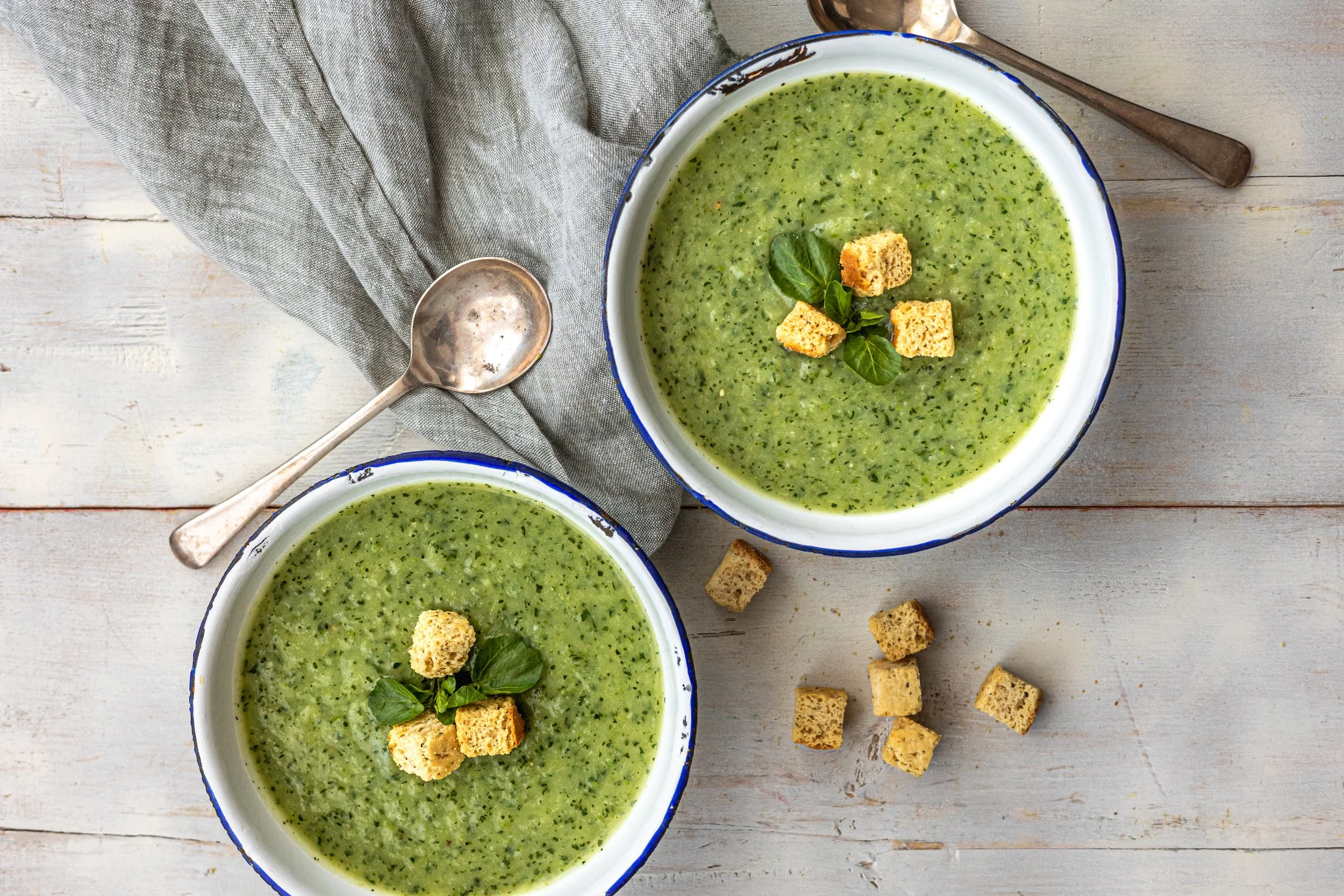What does watercress taste like?
Watercress has a very distinctive peppery taste – which tends to emote a powerful reaction – you either love it or find it more of a challenge as we discovered with our friends at The Prince of Wales School in Dorchester.
It’s worth learning to love it though as it’s the peppery flavour that is associated with the cancer fighting properties that watercress has scientifically proven to have.
Watercress is a source of a number of phytochemicals including lutein, quercetin, phenolic acids, and glucosinolates. The latter release isothiocyanates, including phenylethyl isothiocyanate (PEITC), of which watercress is the richest known source. PEITC is a key contributor to the distinctive peppery twang of watercress and in a large number of scientific studies has been shown to have a range of anti-cancer effects. In this scenario – peppery is definitely good!
Its flavour has been a distinguishing factor ever since watercress has been recorded. Roman emperors ate it to help them make bold decisions, but they called watercress ‘twisted nose’ because that described the face they pulled when they ate it! There is now a locally produced gin, which uses watercress as its key botanical ingredient, and guess what it’s called? Yep, Twisted Nose in a nod to watercress’ unique pungent taste and history.
Anglo-Saxons swore by watercress potage to ‘spring clean’ the blood presumably because of the heat the peppery taste imparted. Curiously the peppery taste of watercress has a cooling effect, a paradox that was noted by the celebrated 14th century French chef Taillevent, who was also the first person to include it on a menu. He prepared a lavish banquet and served watercress after the fourth course, writing on the menu 'Watercress, served alone to refresh the mouth'. A little later, the Victorians swore the plant was a cure for hiccups – maybe the heat provided the shock that was needed!
The peppery piquancy is not entirely unique to watercress – a similar flavour is found in related plants like mustard and wasabi. Interestingly, once cooked the pepperiness of watercress diminishes, leaving a distinctive vegetable essence which tastes delicious in soups, stews and stir fries. However, the lack of pepper suggests that to gain maximum nutritional benefits, watercress is best eaten raw.
As an observation, more mature watercress can sometimes taste slightly bitter.
Either way, watercress’ distinctive taste is mouth tingling and delicious. Its peppery kick seasons dishes perfectly while its raft of nutritional benefits add a super healthy punch to any meal!










